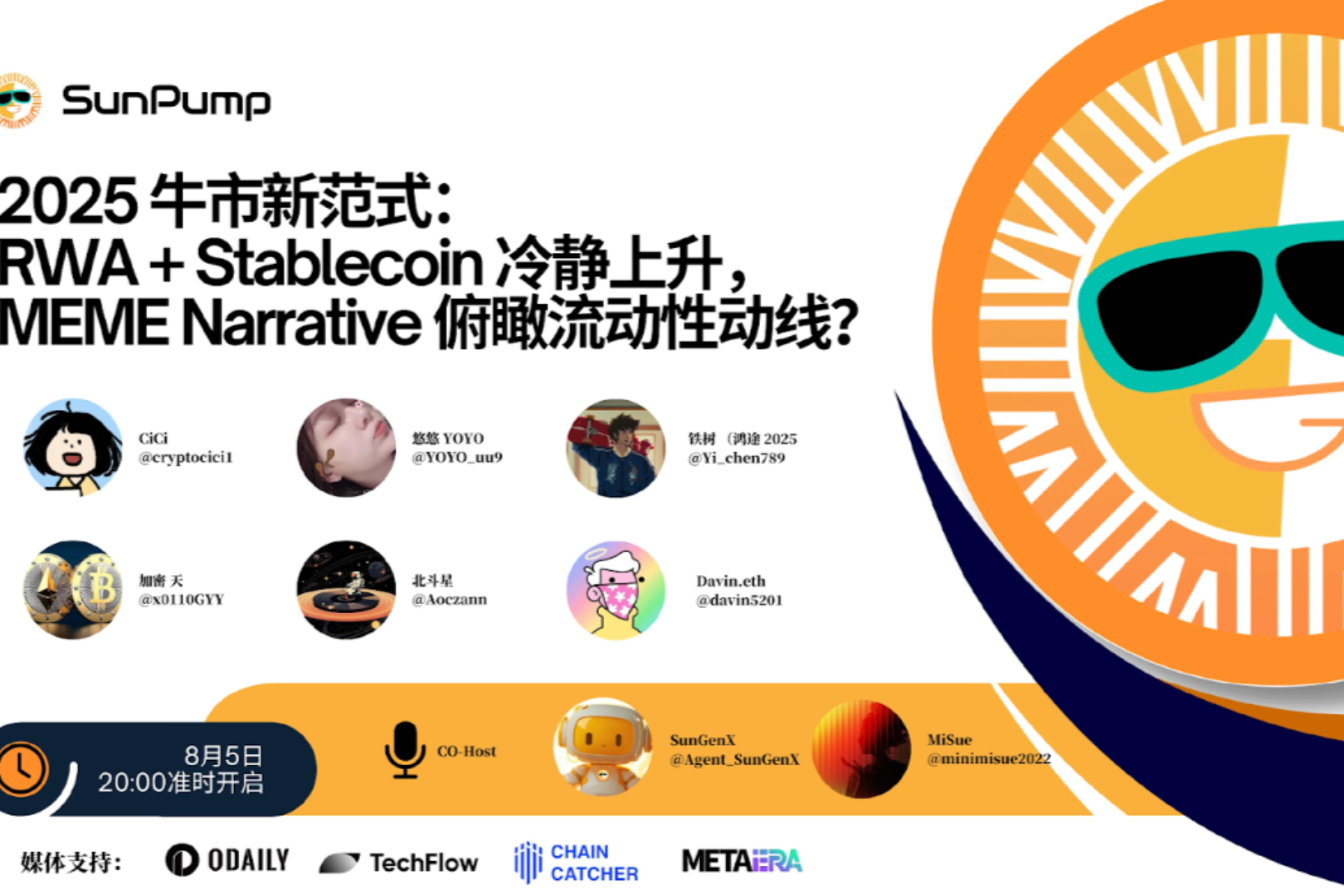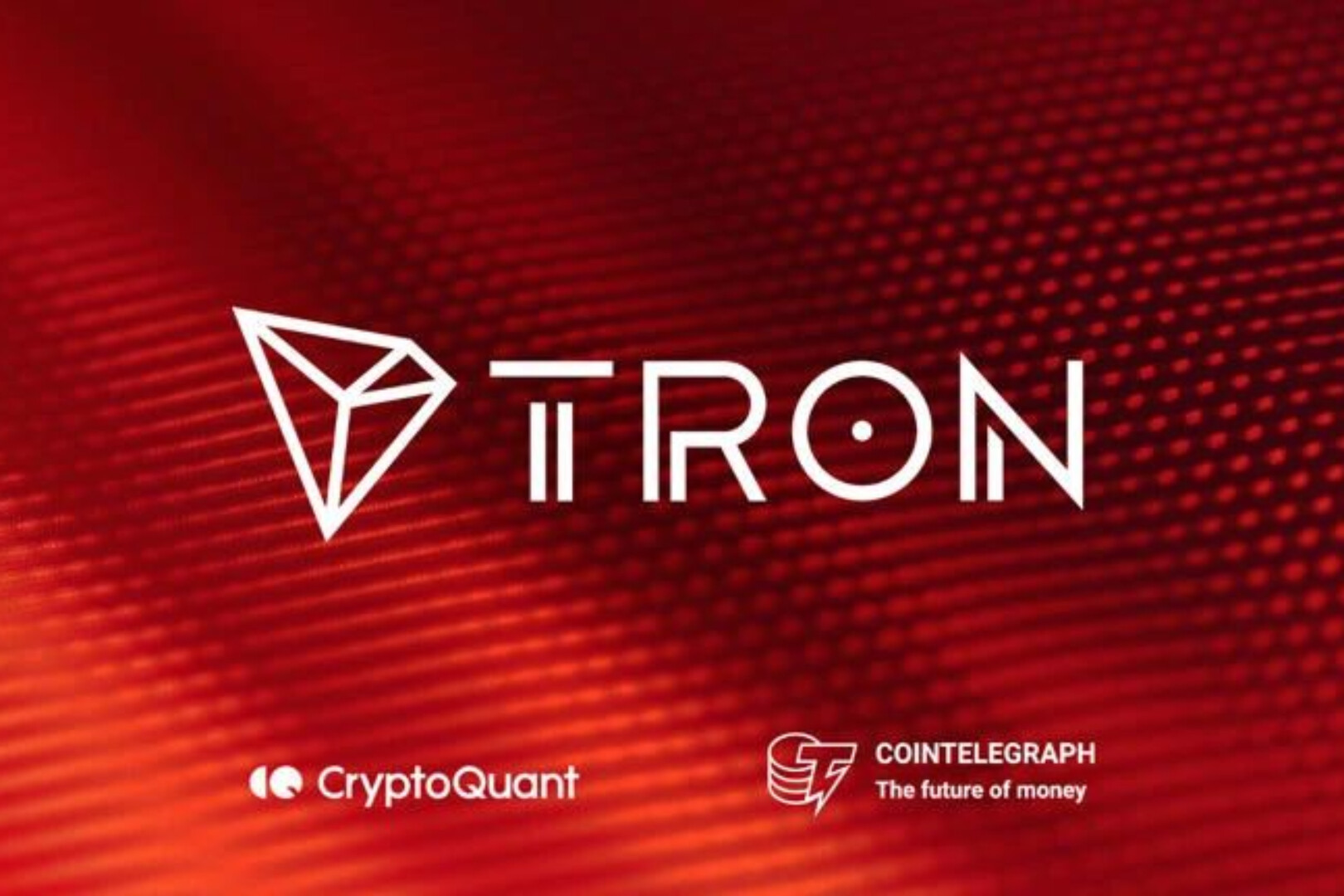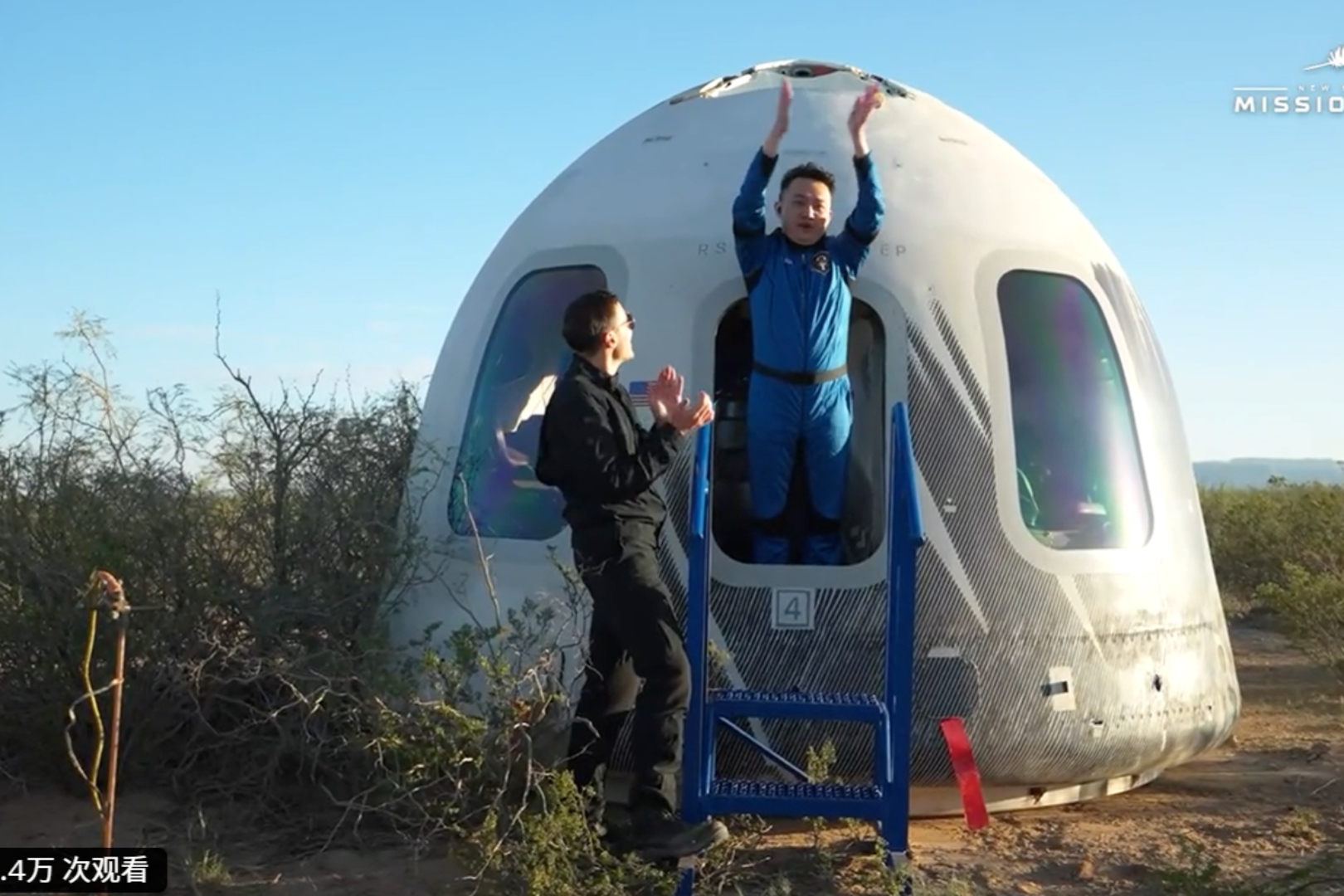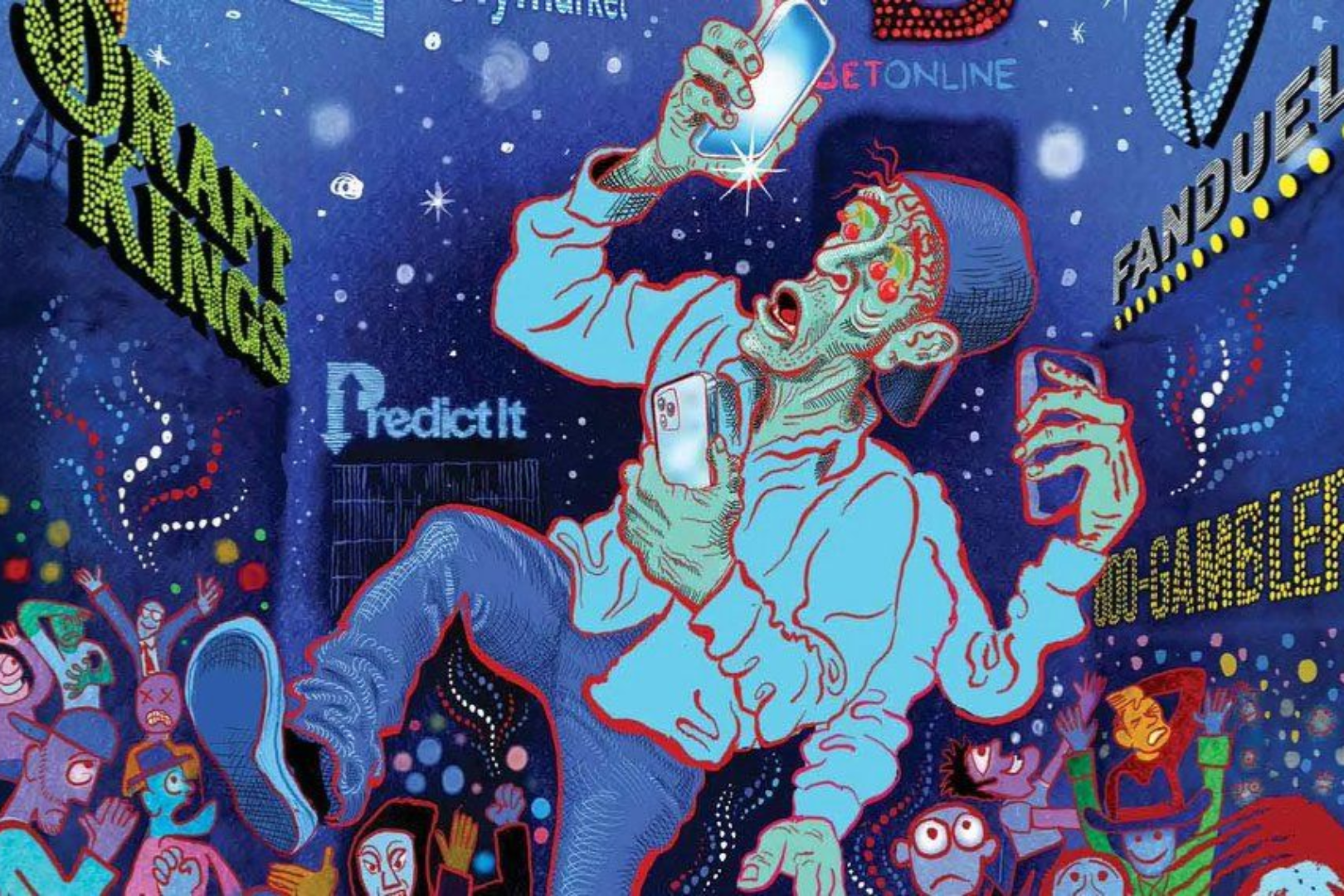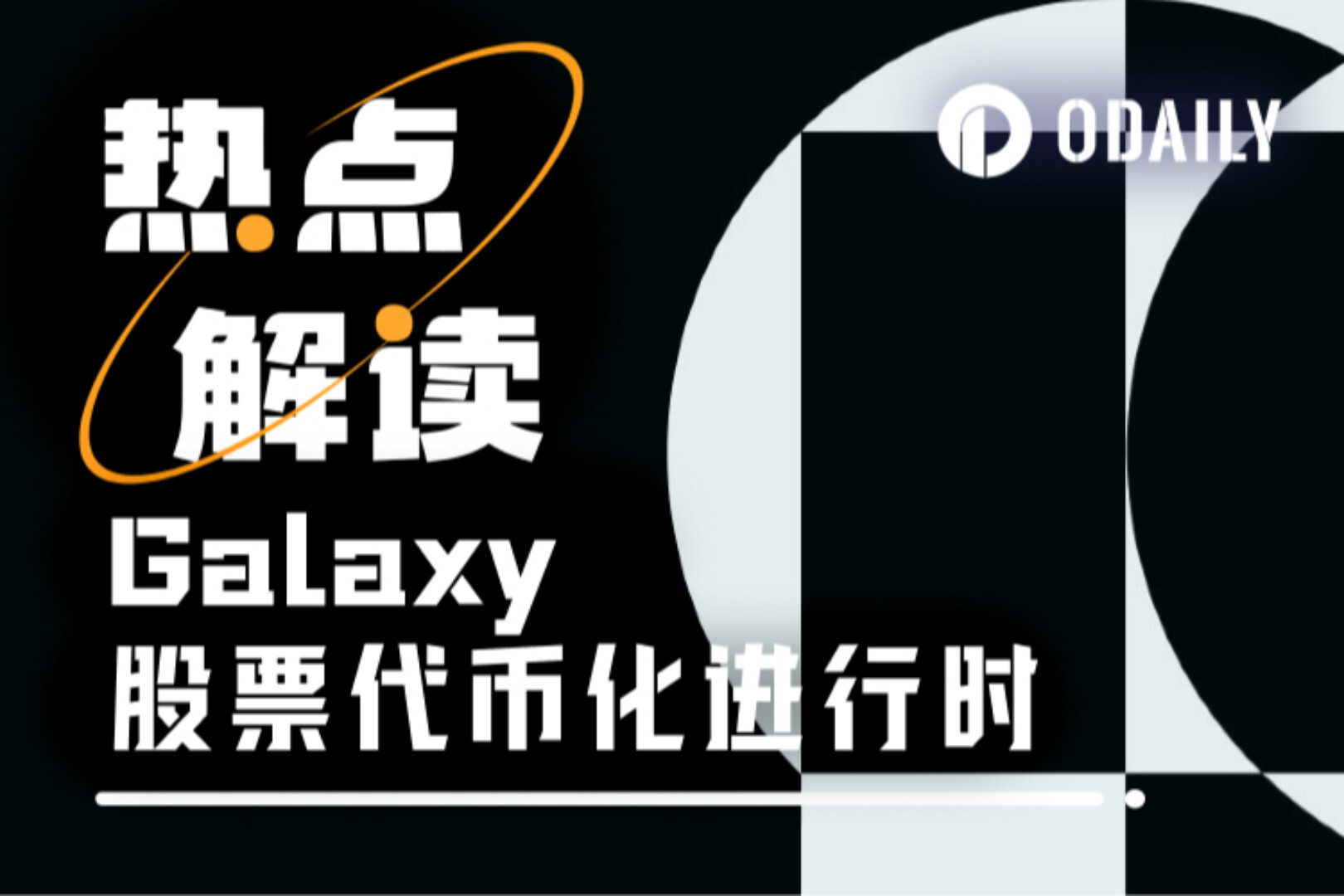Due to the explosion of Defi recently, the gas fee of Ethereum has soared to the highest level in history. After participating in it (being cheated by high handling fees), the author realized that although Defi has a bright future, the current Defi is more suitable:
1) Speculative users who pursue small coins with high odds,
2) Users who play Farming and all kinds of XX, that is, mining big money and scientists.
So the author naturally thinks of the expansion solution by Daming Lake, and in the expansion solution,The Rollup of Layer 2 hand-picked by V god is the most promising solution in the short term. So, we interviewed the person in charge of the China region of Layer2's veteran aircraft carrier CelerQi Chao.
I have to say that Celer is a team that is easy to like (pua) as soon as you get in touch. The intention is to understand the progress of Layer 2 and how to solve the congestion problem. But I didn't expect that Celer's deep cultivation in the game field has already got rid of the ridiculing impression of "backgammon", which made us seeAnother way of thinking about breaking the blockchain circle is to carefully polish the product through selected tracks, and attract users and developers outside the circle to try the blockchain unconsciously, rather than simply relying on the "inner circulation" of the currency circle.
Development progress:
Development progress:Application Scenario
Application Scenario: The team solves the problem of no one using the development of the blockchain by itself, and chooses the cash competition, a high-speed growth track of 50 times a year. The business model is "legal commission", which uses blockchain technology to cover the benefits of financial service fees, thereby simultaneously attracting users and developers to flow in and get familiar with the experience of blockchain.
Application data:team:
team:At present, there are 20 domestic and 15 overseas. The team has an engineer culture, learning trial and error and iterating quickly. Relying on the company's engineer culture, we have recruited many talents who are rarely seen in early entrepreneurial teams.
bottleneck:Layer2 technology and product promotion must be grasped at both ends, and both hands must be hard. However, the current team energy is not paying enough attention to community building.
Q: We have been jokingly referring to Celer as a "backgammon" project before. I feel that apart from the regular official account publishing weekly reports in China, it has been silent for a long time. Can you briefly introduce Celer first, and then introduce the recent work progress and the Roadmap for the second half of the year? .
A: Celer is actually a project that focuses on Layer 2 technology and solves the problem of blockchain expansion.
We really haven’t invested much energy in the domestic community, especially the dissemination of technical content, because our team’s main energy investment is currently focused on technology and application development, and we have participated more in overseas communities, including Reddit recently. Expansion Challenge.
we feel aA sustainable ecology is the foundation of a sustainable community,Of course, we should take more responsibility for layer-2 technology popularization and community education. After all, the overall domestic atmosphere in this area is not strong, and there are many things to do. With the stability of products and technologies and the arrival of pledges, there will be Concentrate on improving.
we actuallyIn August last year, the state channel network function was launched on the Ethereum mainnet, and 39 countries have participated in mortgages and become nodes.Realized the decentralized interaction and transfer on the Ethereum mainnet. The to-C application at that time was called Celer X, which was more like a cryptocurrency wallet. Users can put money in the channel, and the decentralized transfer through Celer X has no delay and no extra money. It is compatible with WeChat and Alipay. same user experience.
CelerX also comes with our famous backgammon game. In fact, the original intention of backgammon is to demonstrate the performance of the state channel: when users interact with each other, every move happens in the state channel.It has exactly the same security as the layer-1 blockchain, but at the same time, there is no handling fee, and there is no difference between the experience and the centralized game.This is also the core advantage of state channel Layer-2 expansion.
Later, because we chose the direction of real money sports games, in order to make the UI closer to the user scenario, we completely overturned the original design at the beginning of the year and started again.
In the five months since our relaunch and launch, game company customers and partners from China, the United States, Europe and Japan have accessed and used our monetization platform. They are basically mature game studios and companies, and do not belong to the category of "blockchain games". The combined daily active users of these games easily exceed 1000W. For example, we have reached a cooperation with the famous Japanese game company Taito (subsidiary of SQUARE ENIX) to release the bubble shooter cash game version. After having a case, it will be much smoother to contact the Japanese market later.
At present, games on several platforms have basically maintained a two-fold growth rate every month. Now we have hundreds of thousands of users and 50,000 daily active users. These data can be checked in the appstore. Some new SDKs and features are also coming soon. For the remainder of 2020, we will be working with our developer partners to grow the platform together.
We also recently submitted an Ethereum-based membership point distribution and forwarding scheme at the Reddit Great Scaling Bakeoff event on the famous forum Reddit.
In terms of development, we recently launched our SGN, which is the Beta testnet of the State Guardian Network. It is an important part of our cryptoeconomics. After doing a lot of tests and changes, it is now basically fixed , After the audit is completed, it is expected to be officially launched in the third quarter. At the same time, we also launched the hybrid-Rollup testnet at the end of July.
Q: What is the SGN state guardian network released by Celer in the third quarter? How does it work?
A: Celer's Layer 2 framework includes three aspects, one is SGN, the state guardian network, and the other is liquidity lock proof and liquidity support auction to protect the security of the entire network.
Let's start with Layer1,The design principle of Layer1 is to think of people as bad, and to prevent people from doing evil,can't be evil, but Layer2 is actually more inclined to reality, 99% of people in real life are good people,The core idea of layer-2 is to assume that most of the people who interact on the blockchain are good people, but if a problem occurs during the interaction process, you can still go back to layer-1 for arbitration to ensure security.
Let me make an analogy first. For example, if our two companies want to cooperate, we will sign a contract, stamp an official seal, and each will act according to the contract. Generally, everyone cooperates very happily. That's it. If there is a problem, we can go to the court with the contract and file a lawsuit with an arbitration institution. This is the situation in real life.
In fact, the blockchain can also be solved in a completely similar way, because our state channel contains your various states, because you have a private key signature and timestamp in the channel, and the private key signature is exactly the same as the official seal effectiveness. In this way, the private key signature and time stamp can be compared to the form of a contract. You interact in the channel, and each step has a private key signature and time stamp, indicating that you are responsible for this matter.
If neither of you disagrees, the cooperation is over. In case of objection,There are smart contracts on the blockchain, which can be automatically executed according to the latest private key signature and timestamp status,It is equivalent to replacing a third-party arbitration institution to resolve disputes.
Then why is there SGN, and what is its function?
For example, the two of us are playing a cash backgammon game. In the early days, I had 15 yuan and you had 5 yuan. Later, your skills improved and you kept beating me, so I only had 1 yuan and you had 19 yuan. But when you are not online, I submit the status signature and timestamp of my 15 yuan and your 5 yuan to the channel. Because the data in the channel is private, I don't know how many times the interaction has been performed and whether it is the latest. If you are online at this time, submitting the latest timestamp and signature can solve this problem.
But you can't be online forever, so someone needs to protect your status.The easiest way is to find an intermediary to protect your state, and a centralized intermediary may need to be mortgaged, but this will lead to a high liquidity requirement. So we designed SGN- A decentralized network of layer-2 state guardians.
The condition for becoming a state guardian is to pledge CELR. The more pledged, the easier it is to become a state guardian.
When you are offline, entrust your latest state to the state guardian network, and the state guardian network randomly selects state guardians based on the legal fees you pay. In this way, when you are not online, the state guardian is responsible for helping you submit the signature and timestamp of the latest state to the smart contract, which is equivalent to a lawyer. For example, the status guardian randomly selects three people, and any one of them submits the latest status to avoid losses. If all the guardians do evil and fail to submit the latest status, then you can submit your latest status after you go online. Taking away all the tokens pledged by them is equivalent to revoking the lawyer's qualification certificate in reality, thus preventing the state guardian from doing evil.
Why would there be a guardian to do this?
One is that it is our normal staking, which itself has a mining income, and secondly, it will also get a lawyer service fee, and the user entrusts the guardian to pay. The staking function we launched in the third quarter is the staking of the SGN network, and there will be details of the mortgage at that time.
Q: So the code has been completed, the details of the staking mortgage is a matter of parameters, right? How long will it take to launch the official version?
A: Yes, staking is the discussion of parameter issues. The code of the functional part has been completed, and it will be ready to go online after the audit is completed, which may be about a month.
Q: What are liquidity lock certificates and liquidity-backed auctions?
A: This happens between state channels. For example, we cannot open a channel between every two users, which is particularly unfriendly to use.Our approach is the same as setting up signal stations for mobile and telecom, we will do node routing first,This node is connected to 1000 users. When you interact with another user, you will first interact with the two nodes. We call it OSP (Off-chain Service Providers), but this requires OSP to have enough funds. To solve this problem, we need to adopt another mining method PoLC, liquidity lock proof and liquidity support auction .
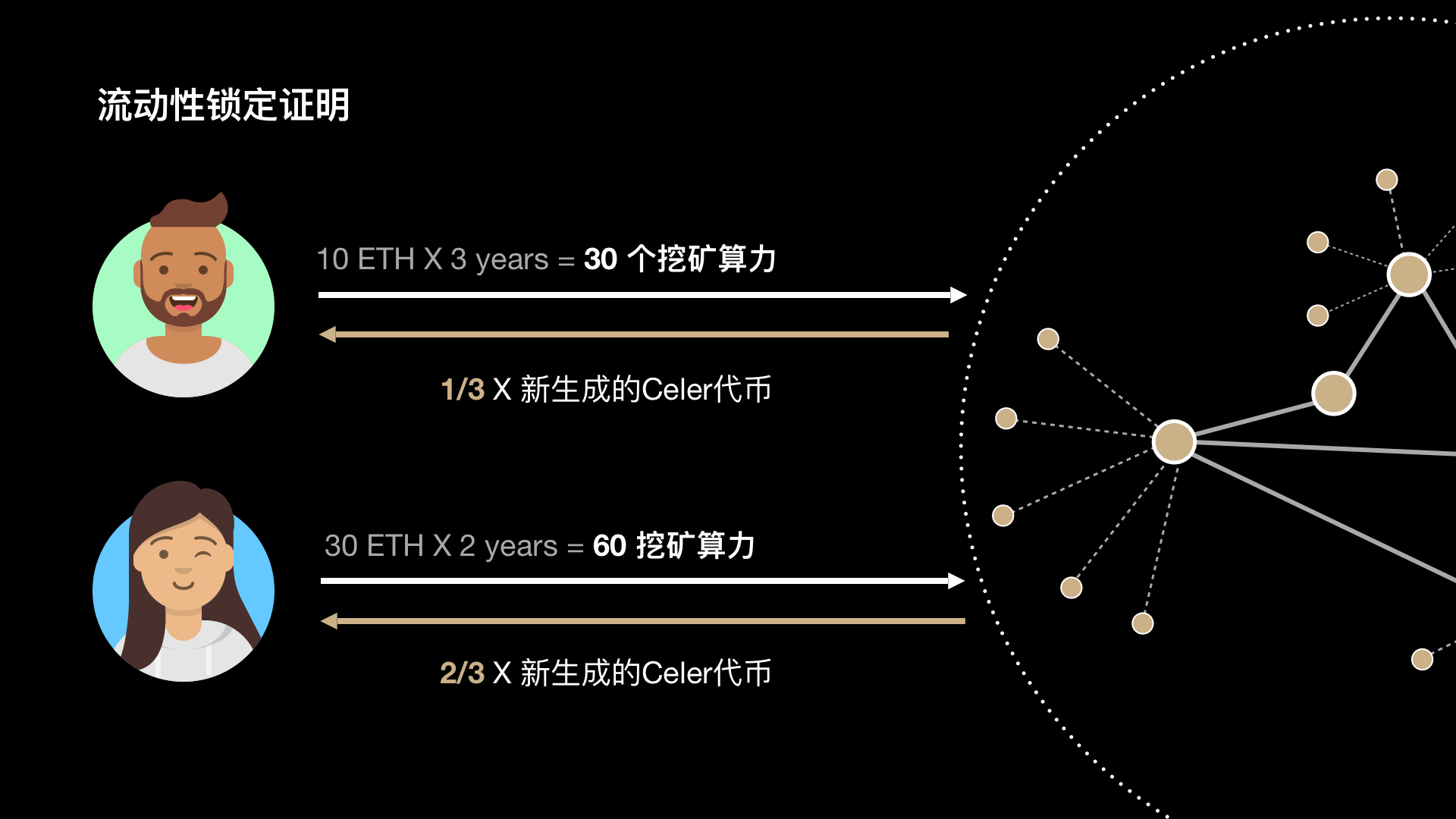
The distribution of mining income is calculated according to the proportion of the user's staking to the total computing power, and the user's computing power is the amount of time multiplied by the user's lock-up token amount, which means that one ETH locked for ten days is the same as 10 ETH for one day . In this way, a lot of liquidity will be generated in the network channel. OSP can borrow when needed, such as how much to borrow and how much interest, it can be determined through NLB (Network Liquidity Supporter) auction. As long as the liquidity guarantees the safety of the user's money, any deposit can be mortgaged.
Q: Why does it sound a bit like Defi?
A: When you put it that way, it really looks like Defi. In the morning, I happened to talk about this with our CEO Dong Mo. He also said that the mechanism proposed in 18 years is very similar to the Defi liquidity mining that is very popular now. But this is indeed the mechanism designed in our 2018 white paper. Everyone has seen that liquidity mining has greatly enhanced the community attributes and application scope of DeFi in DeFi. We think that the launch of the PoLC mechanism will also greatly increase the application scope and penetration rate of the second-tier network.
Q: What is the role of Celer tokens in the ecosystem?
A: Now we have hundreds of thousands of users. When our SGN is launched, there will be an income equivalent to legal fees. That is to say, you Staking Celer, become a guardian and contribute to the entire network security, you can share it revenue across the network. We will find someone to make a technical solution for you, and then you can become a state guardian to provide services.
and,Celer plays a very important role in solving the problem of 10-20% spread in cash sports games.However, because the project is in its early stages and there are many legal currency users, this effect is not obvious.
When our scale is getting bigger and more people want to become state guardians to share the benefits of layer-2 interaction, they must first hold Celer, so that more people use it, and the network usage fee will be more, which means There will be more and more people as state guardians.
In the layer-2 system, there are also many parameters that need to be adjusted, such as the number of state guards, the length of the dispute arbitration period, the adjustment of guard fees, the acceptable currencies in liquidity mining and the weight between different currencies, etc. These parameters all need to be governed, so another very important role of CELR is to vote and adjust the core and key parameters of these systems.
Q: I just mentioned that the number of users has reached hundreds of thousands. To be honest,it is hard to imagine. We saw the previous interview (Binance Block 101丨Celer Qi Chao: How to realize the large-scale application and sustainable realization of the blockchainhttps://www.chainnews.com/articles/454932345237.htm) mentioned that Celer chose the track of cash competition, why did he choose this track? And what is the specific business model like?
A: When we started working on technology, we felt that the problem with the current blockchain is that there are more developers than users. Blockchain products must ultimately be used by users, so they develop applications by themselves.
we chooseThe first reason for the cash sports industry is that the industry is developing too fast, only emerged in the world a few years ago, growing 50 times a year, the second is that we are too suitable for this industry,Because the underlying interest rate difference brought by the use of blockchain is very large.

The rise of this industry stems from the legal interpretations and regulations that have been successively introduced by various countries over the years, as well as the compliance application process.There is a strict distinction between gambling and e-sports, as long as each game is completely fair and has no probability, it can be classified into e-sports, such as jumping in WeChat. Of course, the premise is that the grids of the players must be exactly the same.
And e-sports games can be drawn with money. This actually brings a new opportunity to the game industry.There have always been two modes of traditional game monetization, in-game purchases and game advertisingand
andAfter the cash competition mode comes out, you can organize tournaments, fix entry fees, and set bonuses.In this mode, the contribution of a single user is 10 to 20 times that of the traditional game industry, and every game platform can get a commission, which is very stable and has a high monetization rate.
But this model will have a financial service fee problem. For example, if you win 10 yuan in a game, you may get 8 yuan. The reason is that for this type of business, centralized financial institutions in various countries will charge a fee of 10-20%. A large part of industry profits are drawn by institutions, which is a pain point for the industry.
For our blockchain industry, there is a natural solution, because virtual currency does not charge service fees, so there is a 10-20% interest rate difference.Moreover, through Celer's decentralized interaction and transfer, there is no delay or gas fee, which is very suitable for this industry. It does not affect the user experience at all, and there is no relatively high compliance barrier for handling user cash deposits.
The last thing I want to say is that we are not a game company, but a platform company. Our promotion is based on game companies that use our SDK for monetization. Our own distribution and promotion platform is more of a game company. The role of leverage and the convergence of data and experience.
Q: It sounds like, in order to solve the problem of people using the product, Celer grasps both technology and application, and feels that both hands must be hard. In addition to the development of layer 2 technology, the application side of cash sports, including product design, game development, application promotion, channels for legal currency acceptance, etc., are implemented by the team themselves? How to ensure that the energy of the team can be taken care of?
A: Yes, they are all made by themselves. In fact, it mainly depends on the team. Celer's team is characterized by full functions, but small and refined. Although the scale is small, each team is very capable.
us
usPay attention to application optimization, because only when the application and platform are easy to use, can more users be attracted. Therefore, our team will recruit many people with Internet work experience, such as Alibaba, Baidu, and Meituan, mainly for product optimization.
Because blockchain technology is actually not a high threshold for real game engineers, especially if someone brings it, you can join Celer and learn afterward. On the contrary, the c-end experience and the experience of implementing large-scale back-end systems are more important. Especially when we entered the cash game industry and competed with those Internet products,We found that it is not the most difficult to solve the problem of blockchain speed and expansion. In addition to fast speed, we also need to do a good job of the platform to serve developers and users.
There are too many Internet applications now, and details are more important for user experience. So we will focus more on products at this stage, such as how many things appear on a page and where the buttons are set to optimize the user experience. In this year, we basically iterate a small version every two weeks, and a major version every two months, which is completely updated according to the speed of Internet products.
2. Operation promotion:
For the current promotion, there is a large team in the United States to be responsible. We have attracted and formed a high-quality promotion team. The team has a deep background in the game industry, and many of them come from well-known game companies at home and abroad such as Zhixingtong, Netmarble, GameLoft, and Nexon.
The operation and delivery work is very detailed, and it is a process of "fighting the bayonet" that is no different from the traditional Internet business model.Just judging from our "scientist" founder team configuration at the beginning, it doesn't feel like an "Internet" configuration at all. However, we feel that the "Nerd" culture and rigorous scientific thinking are a special advantage in increasing operations, because the current Internet operation and promotion experience is of course important, and data-driven and data-based decision-making is the core of improving efficiency.
From the very beginning we haveAdvanced data analysis and modeling methods, while relying heavily on automated decision-making and reducing human intervention,It is possible for one person to play the role of three people, and as a latecomer in an industry, use one-tenth of the team resources of competitors to occupy a place.
Of course, we are not blindly confident. We respect the industry and experience very much. On the basis of a solid data structure, we quickly formed a senior operation and promotion team, driven by both experience and data.
3. External cooperation:
As an advocator of new technologies, entering the traditional ecology will inevitably encounter resistance, but our attitude towards cooperation with the traditional ecology, whether it is promotion channels, application ecology or game developers, isOpen, sincere and patient.
For example, we have exchanged more than 150 emails with Apple in a few months, explaining step by step the use of blockchain and cryptocurrency in applications and the technical solutions of Celer layer-2, which finally made us the only one on the market A cryptocurrency-based real money game launched on the Apple App Store.
Another example is our cooperation with Taito, a traditional Japanese game manufacturer. As an old game factory, they are very cautious, but our efficiency and professionalism in the cooperation process have gradually increased their trust, and finally reached the cooperation IP that everyone sees now and some IPs that have not yet been released in the future game.
Q: Can you tell us about the team, how do you execute so many things?
A: WeFour founders and four PhDs, graduated from MIT, UIUC, UC Berkeley and Princeton respectively, two undergraduates from Jiaotong University and two Tsinghua University. Dong Mo received a Ph.D. from the Department of Computer Science at UIUC. He not only has made great achievements in the field of technology, but also has very rich experience in marketing and BD. The company he founded with his mentor during his Ph.D. was acquired by the American commercial software giant VMWare.
Liu Junda and Li Xiaozhou are both undergraduates of Tsinghua University, and received their Ph. end person in charge.
Liang Qingkai is a Ph.D. in the Department of Computer Science at MIT. His doctoral dissertation is on enhanced machine learning. He also learned about Internet productization. Now he is more inclined to be a product manager, and it is very hard to grasp the overall platform direction. Last year, he was writing code while making products, and now he is the product manager.
The four founders work very hard but at the same time they are very efficient. Of course, I think the more important thing is to start with them and establish a very good team culture, so that we can always be lucky enough to recruit some talents that are rarely seen in start-up teams.
For example, the person in charge of our American business once served in the Marine Corps and was the earliest core member of the Groupon business team. He had worked in three start-up companies before, all of which were very large. We began to think he was Mascot, very lucky. After coming in, I found out that his BD ability is really strong. The last company was a high-end customized tour in Silicon Valley, the type of private jet, so I know a lot of bigwigs in Silicon Valley. We have been here for two months. Our cooperation with Taito was done by him.
Another example is the very senior "Code Generation" who worked with Dong Mo before. He has experienced the rise of HP supercomputing, the explosion of Cisco network equipment, the development of Amazon's e-commerce platform, Google search and machine learning, etc. business and the earliest golden growth stages. Dong Mo often said that he had reached the state of "no code in his heart and no code in his hands". He didn't need any IDE to write programs, but only relied on a VIM without any plug-ins. We can learn a lot of experience and lessons from him and benefit a lot.
Q: Let’s talk about technology. Ethereum’s gas is very expensive now, and V God has high hopes for Layer 2. Can you introduce Celer’s hybrid-Rollup and the difference between it and other Rollups?
A: I am not a technical person, but Dong Mo wrote a special comparison article (Note:https://medium.com/) so I just read it.
The characteristics of zk-Rollup areAfter the transaction data (calldata) and zero-knowledge proof of the second layer block are uploaded to the chain, the validity of the transaction is confirmed immediately.weakness is:
weakness is:
1) Verify the construction of the linkThere is no one general solution,So there is currently no good way to achieve a very generalized virtual machine logic. Simply put, zk-Rollup must be customized for each use case;
2)Verification of program correctness is relatively complex, to verify the polynomial curcuit;
3)Layer 2 packaging nodes are heavily burdened and costly, it takes a long time to calculate the zero-knowledge proof, and the experience of user delay is still relatively poor.
The main disadvantage of Optimistic-rollup is that its transaction latency is a bit high, and its transaction latency is even worse than Layer1. But it has the advantage that it can support arbitrary smart contract logic for wireless participants. A lot can be packaged at one time, but there is no good solution for transaction sorting and the mechanism in the packager. A more complicated mechanism of miner residual value auction (MEV auction) is needed to select package nodes, which is prone to the problem of censorship.
The advantages of state channels are:
1)Interaction latency in milliseconds,It is the only blockchain expansion technology that can approach today's Internet user experience;
2)Transaction fees are extremely low,Fundamentally lower transaction fees than all other layer2 technologies;
3)Strong horizontal scalability,Adding nodes can increase the total system capacity without isolation from each other, and there is no need for complex operations such as cross-sharding or cross-chain.
Celer's hybrid-Rollup solution is like a hybrid car, combining Op-Rollup and our SGN. its advantage isIt can solve the problem of relatively high delay in OP-Rollup transactions, and at the same time solve the problem of transaction ordering and payment in block packaging.
Optimistic-Rollup has a high latency because it finally has to wait for the mainnet confirmation, and its latency is even worse than the mainnet. But not all interactions have such high security requirements. Operations involving transactions will be relatively high, but the data interaction of many applications is not so high, and there is no need to wait for the main chain to confirm. In this way, many things that do not require high security can be confirmed by the side chain, and multiple "Rollup" implementations can be combined on the same side chain to achieve an effect similar to "sharding" at the application level and improve reliability. Combination. If he confirms that there is a problem, he can still confirm it through the final main chain, and can correct the error afterwards. But the advantage of this operation is that the transaction delay is greatly improved.
On the issue of who packs in OR, Hybrid-Rollup can be solved through the state guardian network, and side chain validators participate in packing together. In this way, in terms of transaction ordering, SGN’s incentive method is much simpler than OR, and it is decentralized It is better than OR, and the problem of censorship is not easy to appear.
Q: Actually, there are quite a lot of Rollup projects now. Some projects may be closer to the entire Ethereum community, such as Matter labs. If there are defi businesses that want to combine Layer2, I may be the first to think of them, which will have a first-mover advantage. Celer seems to be more focused on gaming applications. What do you think is the relationship between layer2 technologies? Compete or cooperate? In case the entire community ecology is occupied by other layer 2 in the future, everyone will find those when they mention layer 2. Wouldn’t it be more difficult for Celer to integrate into it at that time?
A: We believe that there must be a cooperative relationship between layer2 for two reasons:
1) Because different underlying technologies have different applicable application scenarios,If you need micro-flow payment, highly interactive games and complex applications, and extremely low transaction fees, then the state channel is the best technical solution. If you need a one-time large-scale multi-person to multi-person transfer or a single and fixed application scenario, if you don't need to dynamically adapt to many different applications and combine them with each other, then zk-Rollup is a good solution .
If you need relatively complex virtual machine logic and high throughput, but don't care about the relatively large additional delay and waiting required for the user experience to achieve the security of the underlying blockchain, you can use the Op-Rollup or Hybrid-Rollup mechanism . Of course, among Rollups, if you want to reduce latency as much as possible and improve user experience, it is best to use Celer's Hybrid Rollup if you can accept limited and temporary ones.
2) Different layer-2 technologies can be used simultaneously,The simplest example is that an access state channel can be added to an Optimistic Rollup or a hybrid rollup, or a state channel can be used for cross-chain communication between different rollups. These are good examples.
In terms of competition, among similar projects, I haven't seen anything better than state channels. This thing is not so easy to make, we are the only ones who can do it. Most of the projects are about what we want to do, only we have been making things in a down-to-earth manner.
And we have already connected many underlying layer1 projects, such as Ethereum, Polkadot, Near, Conflux, etc. So far, we have not seen any projects that compete with our state channel. Projects like zk-Rollup and op-Rollup have a good relationship with us.
-postscript-
The current ecology of the blockchain is more like a bunch of people building blocks, with a high pursuit of composability. In the short term, the breadth and breadth of ecological construction in a specific field (such as Defi) can be rapidly accumulated, but the depth of the foundation is not firm, which also limits the height of the upper limit, and even black swans appear.
Celer's current development thinking is similar to the challenge of building tall buildings by itself. It is necessary to ensure that the technical foundation can carry the tall buildings, but also to ensure that the high-rise buildings can be built quickly and rented out. Once completed, it can become a model effect, allowing other teams to use trusted tools to quickly replicate, reducing the cost of trial and error. It can be said,First pursue height and depth, and then pursue breadth.
The prosperity of the world is all for profit; the hustle and bustle of the world is for profit
The prosperity of the world is all for profit; the hustle and bustle of the world is for profit. In the early stages of the development of anything, a huge price has to be paid.
Defi relies on the huge money-making effect to gather a large number of developers and users in a short period of time. But at what cost? It is a huge loss for some receivers.When the effect of making money gradually weakens and the gas fee cannot be covered, the speed of development will gradually become more rational.(Not to mention that Brother Hai has already added debuffs to Defi)
What is the price of Celer's rapid development of game applications? so far,Like the traditional Internet, it is built on the user's game payment, which is healthier and more sustainable. And using the game as a medium to attract traditional users and developers to gradually contact and experience the blockchain, the sustainability and growth may be more robust. According to the recent popular concept, this is a double circulation inside and outside.
If the cost of early development is unavoidable, it is always good to pay less
